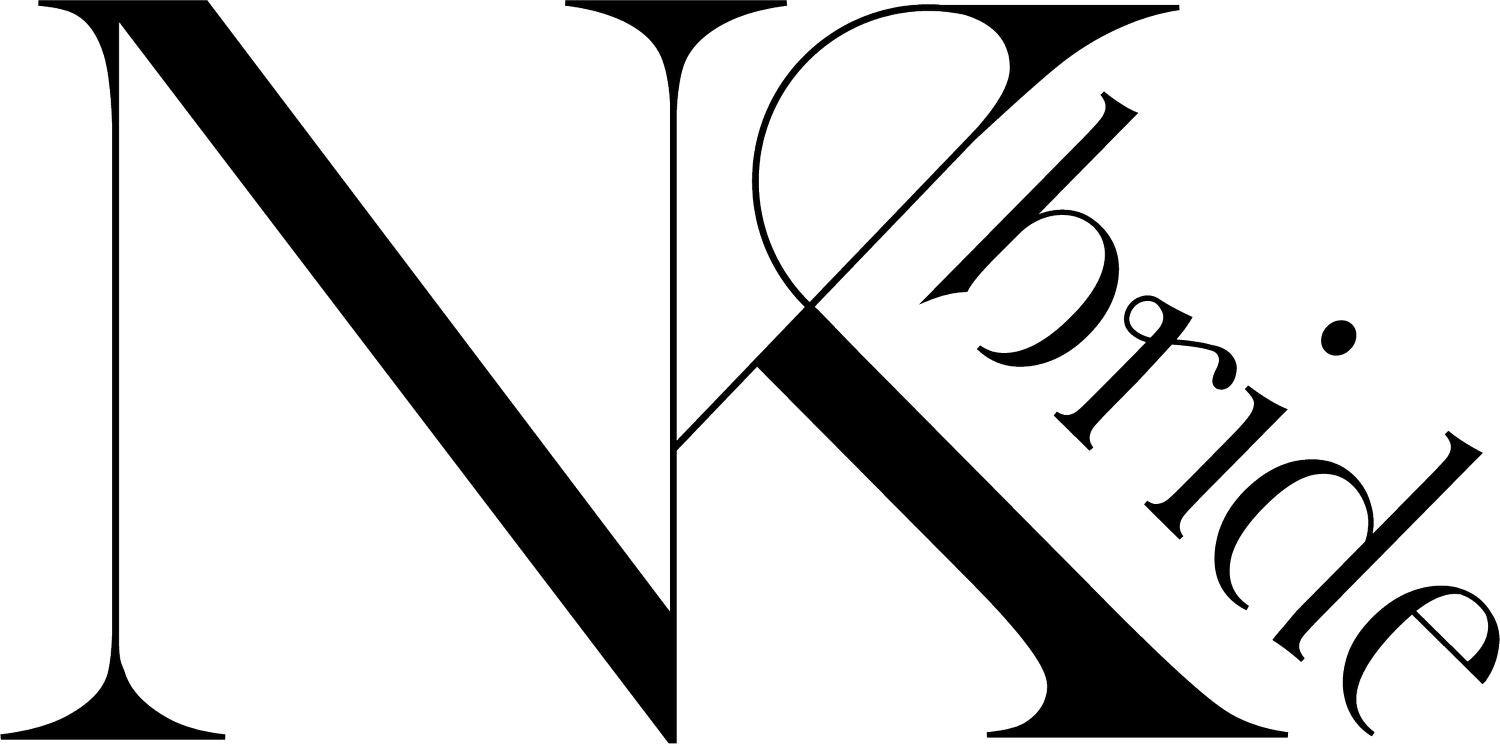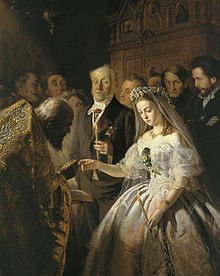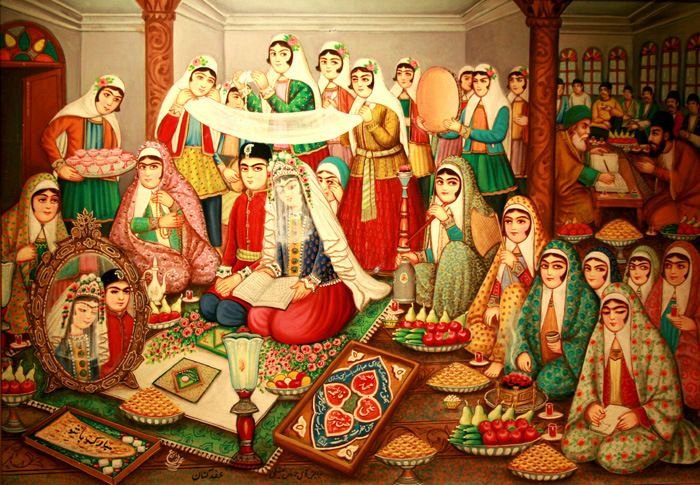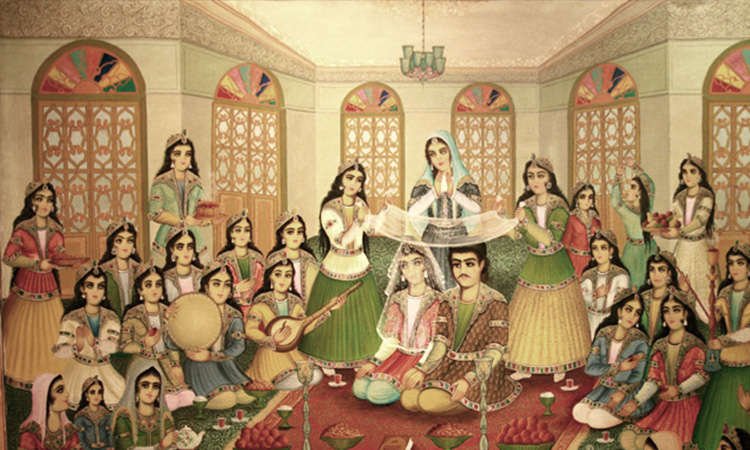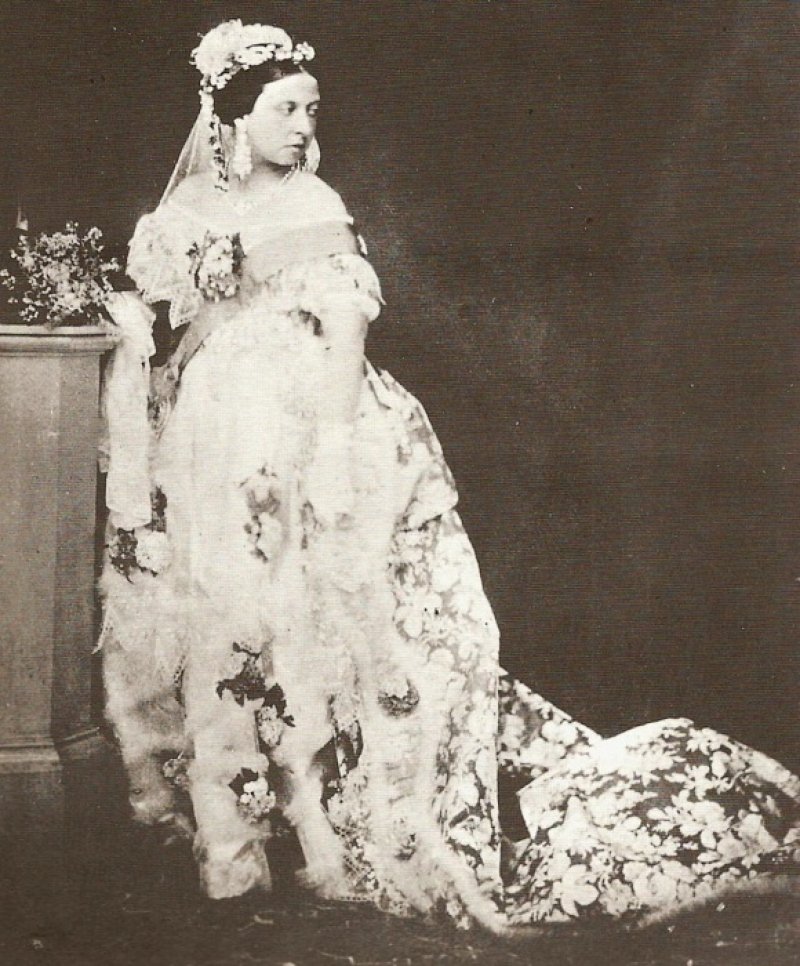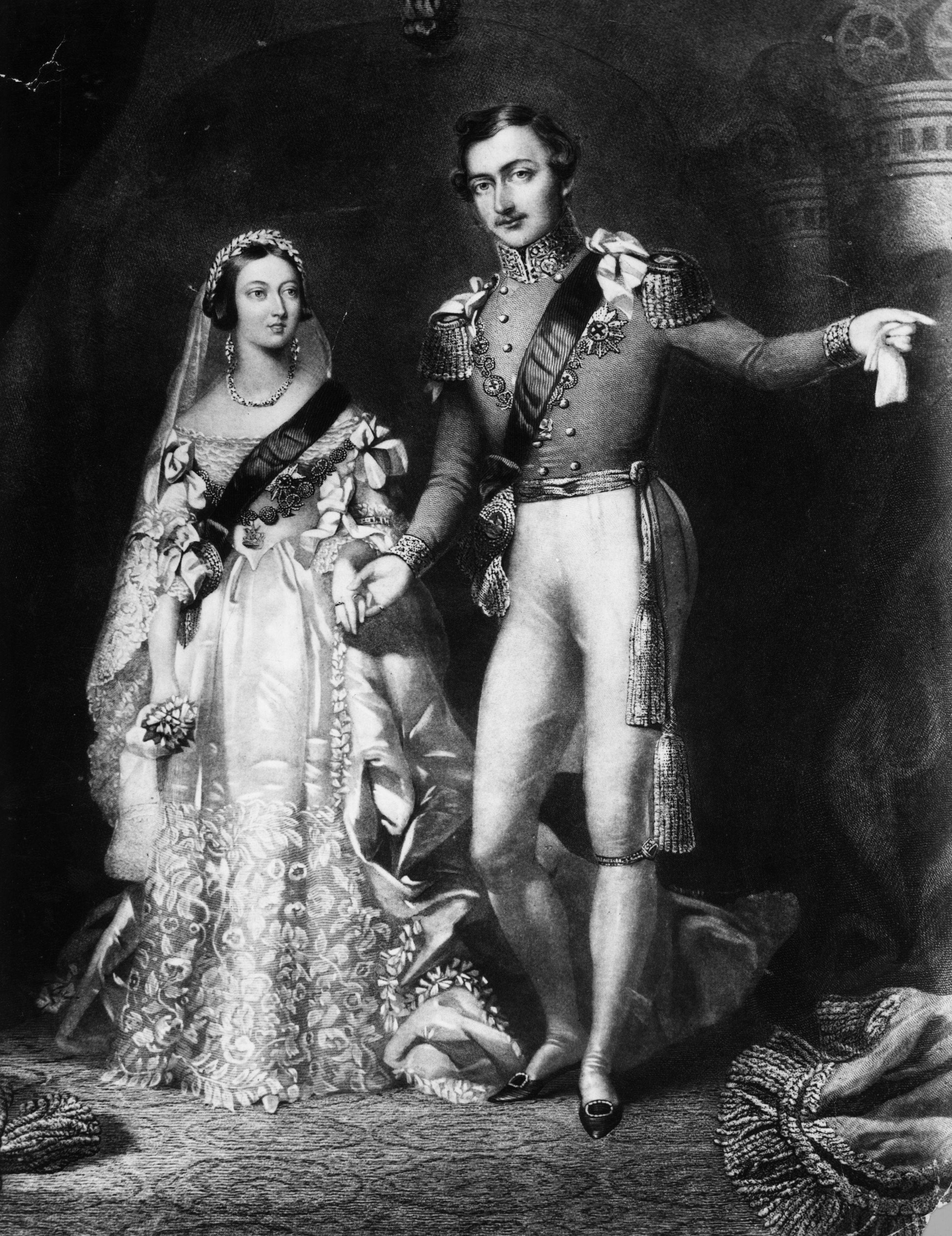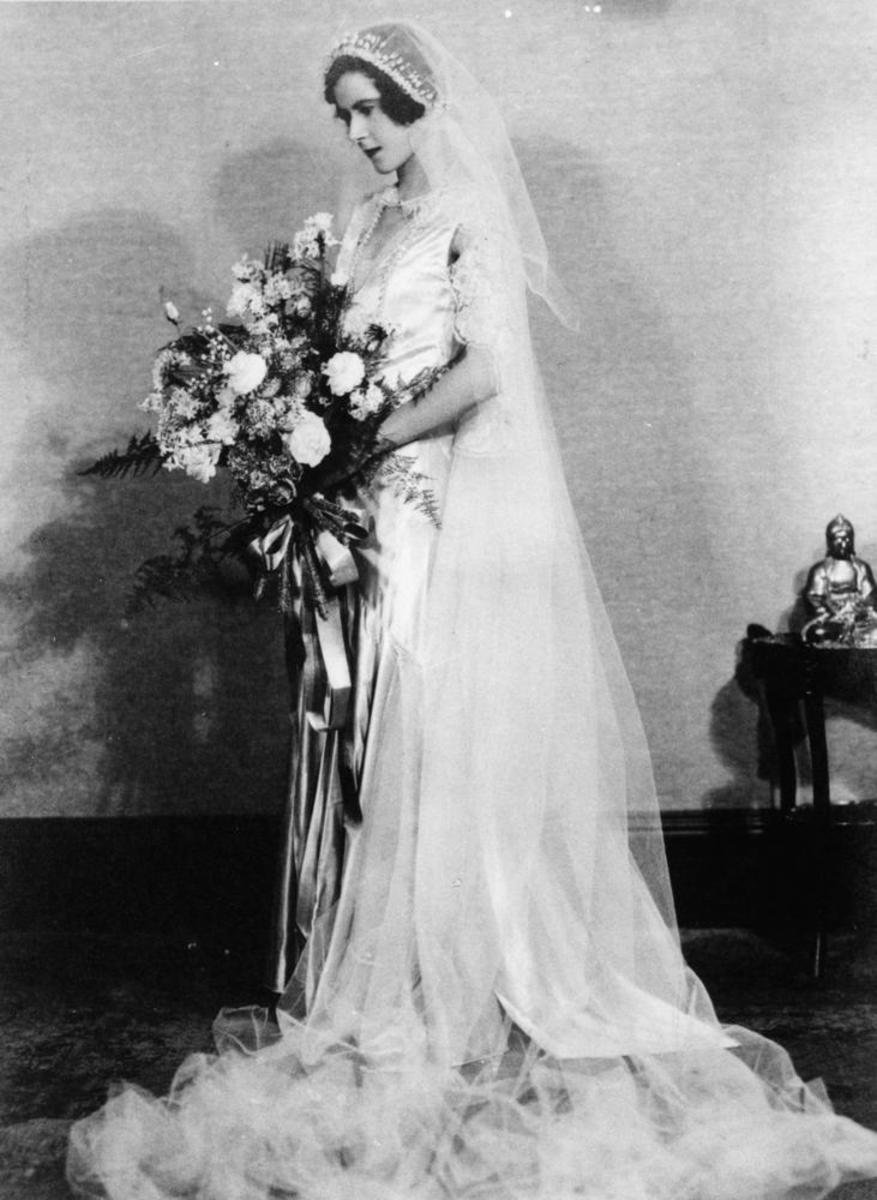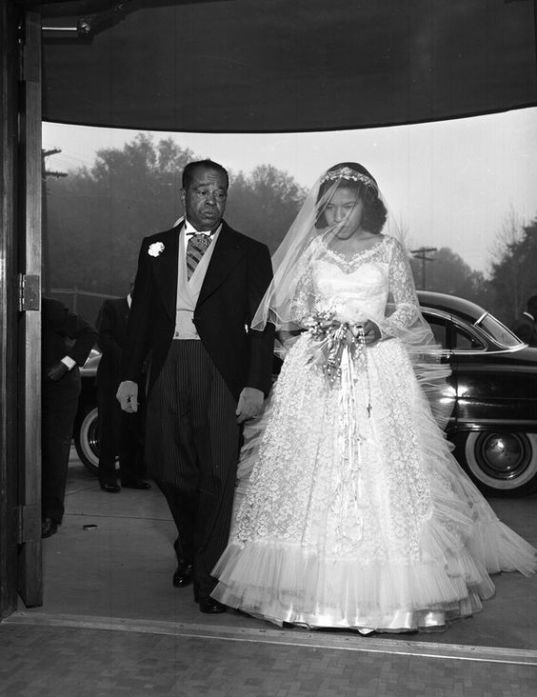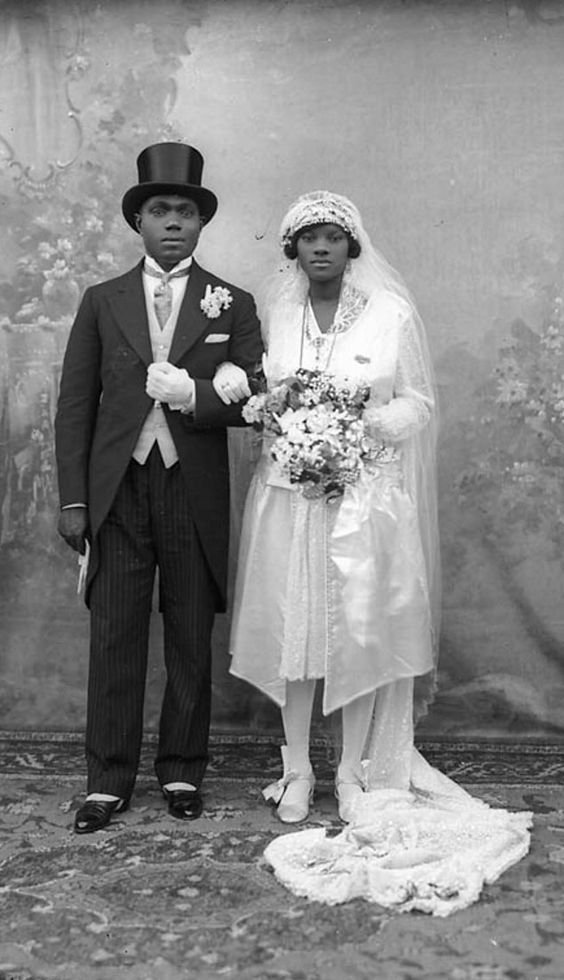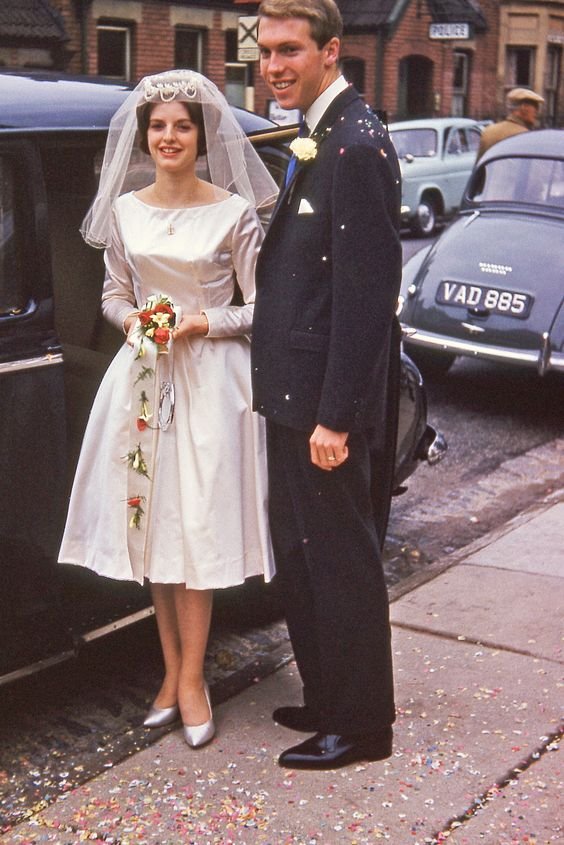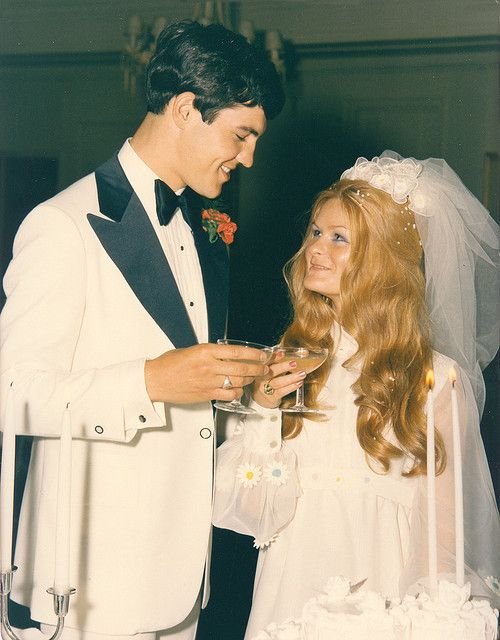Known to be the oldest part of the bridal ensemble (yes, even older than the wedding dress), the veil is an iconic piece of clothing with a rich history. When we think about a veil today, we envision a dainty, white accessory, possibly lace-adorned, that adds elegant style to a gown. Rewind hundreds of years, and you may be surprised to find how different the reality was back then. Keep reading to learn all about it!
Ancient Origins
There is some discrepancy as to whether veils came about in the Roman Empire or earlier in Ancient Greece. Nevertheless, the first record of a veil’s purpose belongs to the Romans. They believed that evil spirits would prey on brides as they walked down the aisle. So, to deter them, brides wore veils to hide their identity. Wedding historian, Susan Waggoner, broadens this perspective to say that the veil repels anything that may make the bride unhappy or cause her harm.
The Color
Veils (and wedding dresses) weren’t always white. In ancient times, veils were red or red with stripes to distinguish brides from other women. These veils were called flammeums, “flame-colored,” and were made to look like the bride was engulfed in flames to ward off the aforementioned evil spirits. Fun fact: These veils were difficult to see through, so the bride’s father had to escort her to the altar. Thus, the tradition of “giving the bride away” was born.
Religious History
In the Jewish religion, a ceremony called the bedeken takes place. During the ceremony, the groom takes a look at his bride and then places a veil over her to ensure that he’s marrying the right person. This tradition stems from the story of Jacob, Rachel, and Leah in the book of Genesis from the Torah. Jacob, who intended to marry Rachel, was tricked into marrying her sister, Leah, as she was hidden beneath the veil. The veiling signifies that the groom loves his future wife for her inner beauty, not just her looks. It also shows that even though they are forming a union, they will remain their individual selves.
In the Christian faith, the veil has always been worn as a symbol of modesty and purity since a Christian marriage represents the marriage between Christ and the Church. By wearing the veil, the bride acknowledges her “rejection” of the world and subjects her heart to the Lord who will protect her from evil. Veils are also worn in arranged marriages for the same purpose of modesty and to prevent the groom from getting cold feet. Here’s hoping he doesn’t back out at the altar…
The custom of Muslim women wearing veils for non-wedding purposes dates all the way back to the 7th century. There are a variety of Muslim veils varying in the amount of coverage they provide. The hijab has the least coverage, while the burqa has the most. The niqab and chador are in between. They’re often worn for modesty and piety. These coverings can be transformed into a wedding veil by wearing a white one with the addition of a blusher.
Queen Victoria
The 18th century saw a lull in wedding veils, as brides began wearing tiaras, caps, bonnets, and other types of headwear. However, in the 19th century, one bride brought them back and changed the bridal-veil industry forever. When Queen Victoria married Prince Albert on February 10, 1840, she wore a white wedding veil and gown, becoming the first woman in England and surrounding areas to do so. Red veils immediately became a thing of the past, as women everywhere began making and buying white ones of their own. White veils became a symbol of status, style, and wealth shown in the fabric’s weight and length. The Queen’s veil measured 12 feet long, making her the trendsetter for royals wearing exceptional trains.
Post Victoria: Modern Times
Since Queen Victoria, brides all over the world have kept the white veil tradition alive. If you find that the ancient purposes of a veil aren’t representative of who you are or what you believe, don’t be discouraged! These days, many brides wear them solely as a fashion statement, and there are endless statements to make. Take a look at the countless options, get inspired by celebs, or create your own. The only thing that matters is that you’re happy with the result. So, get out there, go wild, and find the look of your dreams!
